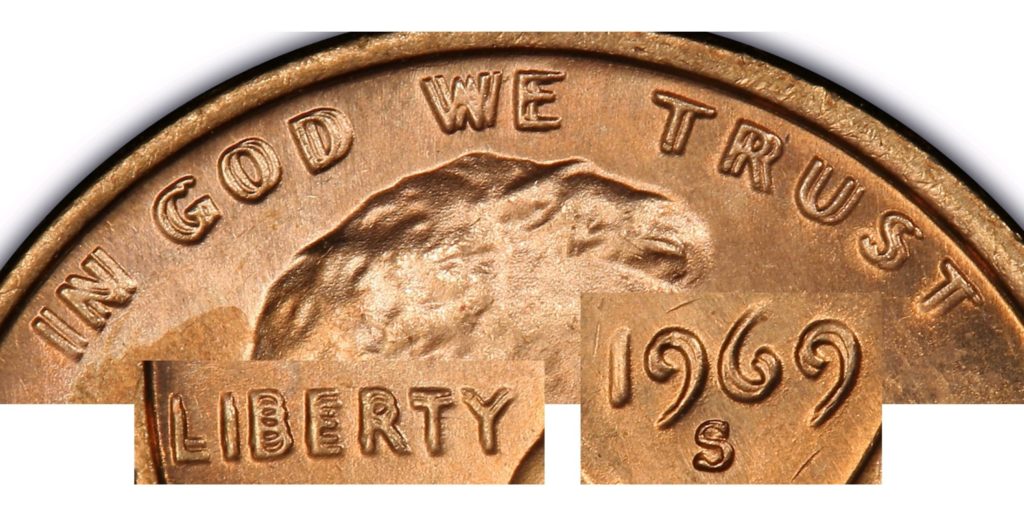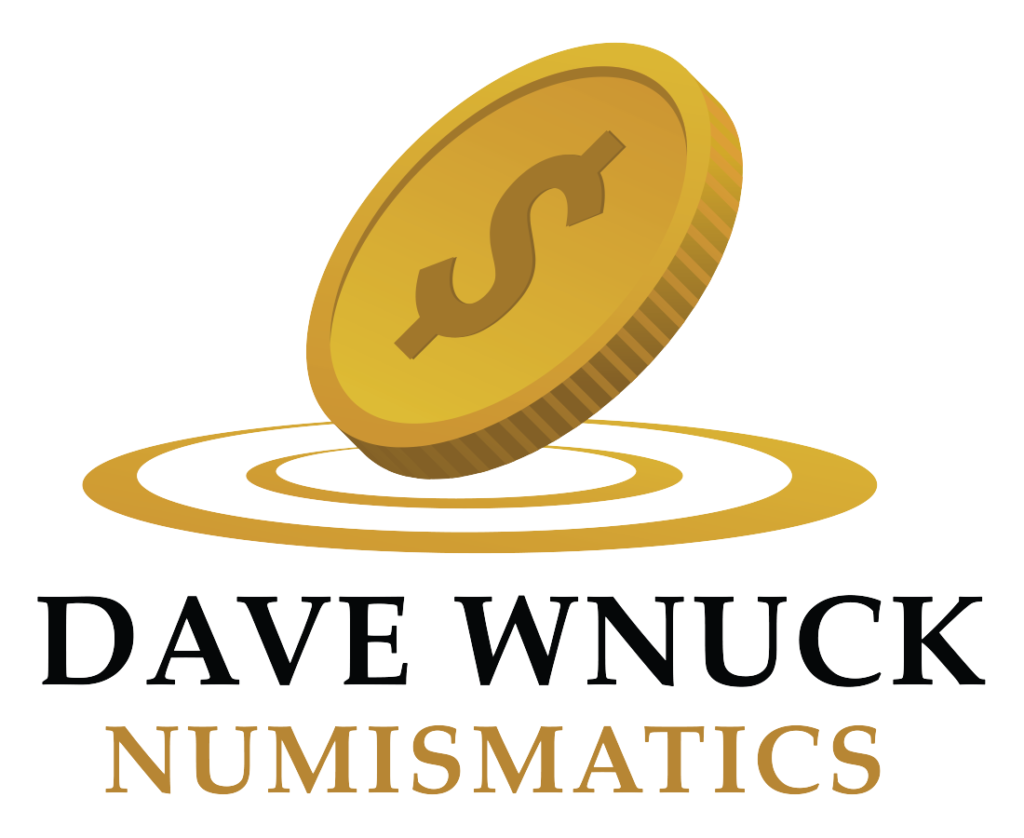Since 1909, the United States Mint has struck and circulated one-cent coins featuring President Abraham Lincoln. In the 113 years that have followed, there are quite a few versions of Lincoln pennies in existence, like the wheat and the memorial versions. The most valuable pennies are those that have been minted in low numbers, those with an error like double die obverse, or both.
While pennies aren’t the only coins that can be seen with errors, the 1955 doubled die Lincoln pennies are one of the most classic examples of coins with a Double Die Obverse (DDO) mistake. These Lincoln pennies also sparked the beginning of the error coin collecting hobby in the US! The 1972 and the 1995 Lincoln Cents are two other noteworthy Double Die Obverse Coins.
What are Double Die Obverse Coins?
The designs on both sides of a coin are pressed or stamped into the metal by a coin die. In order to make a die, another stamp called a coin hub is used. It takes multiple impressions from a coin hub to make a coin die, and if the hub is not aligned perfectly, the subsequent impression will be off-center. If the incorrectly-made die is used to strike coins, each coin will have the appearance of two images on a single coin – the letters, numbers, or words will appear duplicated.
Double Die Obverse Coins can have a partial or fully-doubled image, and those coins with a fully doubled image are generally worth more than those with a partial or less obvious double image.
Tip #1: Don’t confuse a Double Die Obverse Coin with a Double Struck Coin
Double Die Obverse Coins are often confused with double-struck coins, which are not the same thing. Double-struck coins are created when a coin is struck more than once inside the coining chamber of the coining press. This process of double striking causes the coin’s initial struck design to be flattened or obliterated.
Tip #2: Don’t confuse “Ejection Doubling” (also called “Shelf Doubling”) with a Doubled Die
Perhaps the most common mistake collectors make when looking for a doubled die coin is confusing “ejection doubling” with an actual doubled die mint error.
The easiest way to think of ejection doubling is that when a coin is ejected from an improperly adjusted coining press, some parts of the design are “smeared”. This makes that coin look a little like a doubled die, but to tell the difference you must look at the doubled image.
With ejection doubling, the doubled image is only about half the height of the main image. With a true doubled die, both the primary image and the doubled image design elements are the same height from the flat surface of the coin.
Coins with ejection doubling are not worth a premium to collectors.
How do you spot Double Die Obverse Coins?
If you are hoping to spot one of these rare coins, you’ll need to look closely at the obverse or “heads” side of the coin. Pay attention to the words on the coin, like “In God We Trust” and “Liberty,” as well as the date. You’ve likely found a Double Die Obverse Coin if you see double!
How much are these coins worth?
While coins with errors like the double die obverse are worth more than other coin errors, the coin’s value depends on a few factors, such as the year, the obviousness of the doubling, and the number of these coins that exist.
Your best bet to finding out the exact value of your rare coins? Letting an experienced coin appraiser take a look! Dave Wnuck is a certified numismatist who can inspect your coin collection and offer you the guidance and expertise you need to realize your collection’s true worth.
Photo credit: pcgs.com



